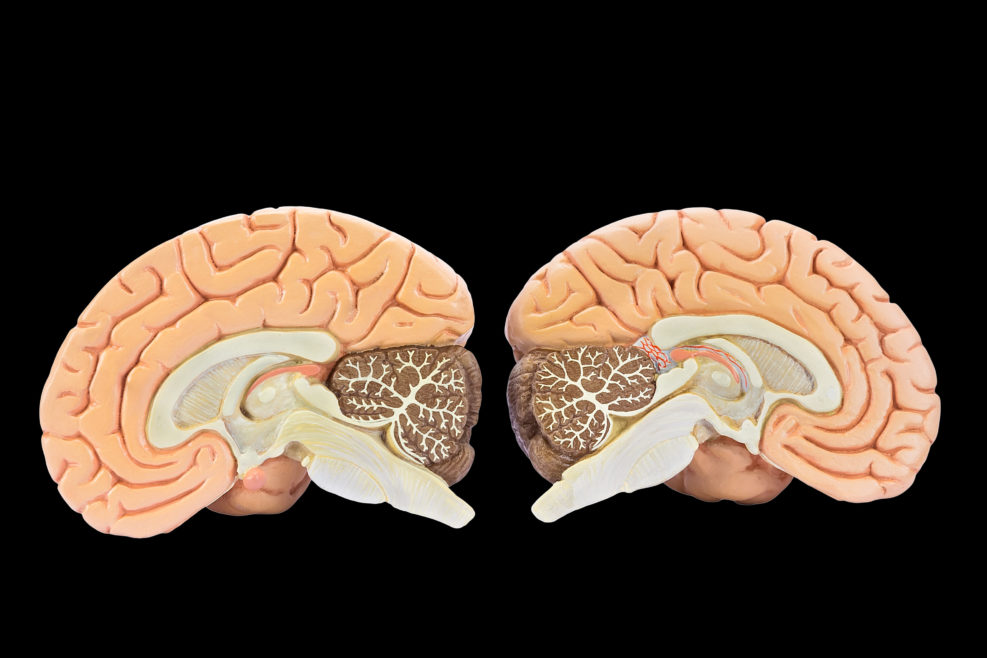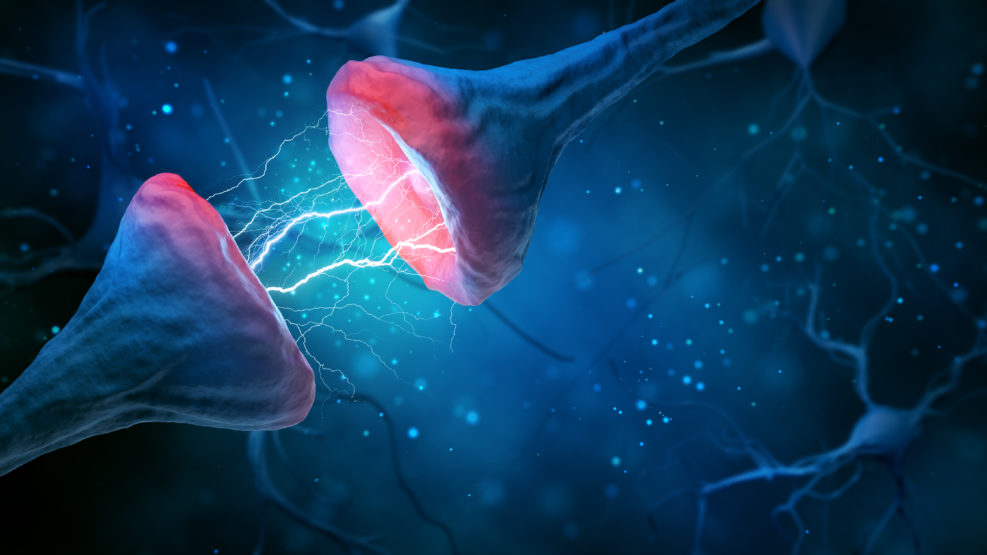
The Brain Can Be Split But the Mind Can’t
Neuroscientist Roger Sperry found that splitting the brain in half does not split consciousness in half. It just gives you a rather interesting, but very subtle set of perceptual disabilitiesNeurosurgeon Michael Egnor did a recent podcast with Arjuna Das at Theology Unleashed, “where Eastern theology meets Western skepticism.” In this segment, they discuss the significance of the fact that there are aspects of the human mind that cannot be split into parts — as demonstrated by the work of Nobelist Roger Sperry (1913–1994). Here is a partial transcript and notes for the 57 minute mark to the 1 hour five minute mark: Michael Egnor: If one is to try to understand the mind in a coherent, consistent framework, one wants to have a metaphysical perspective that does the job, that makes sense. I think there are three different metaphysical perspectives that one could consider, materialist, idealist, and dualist… By Read More ›


















